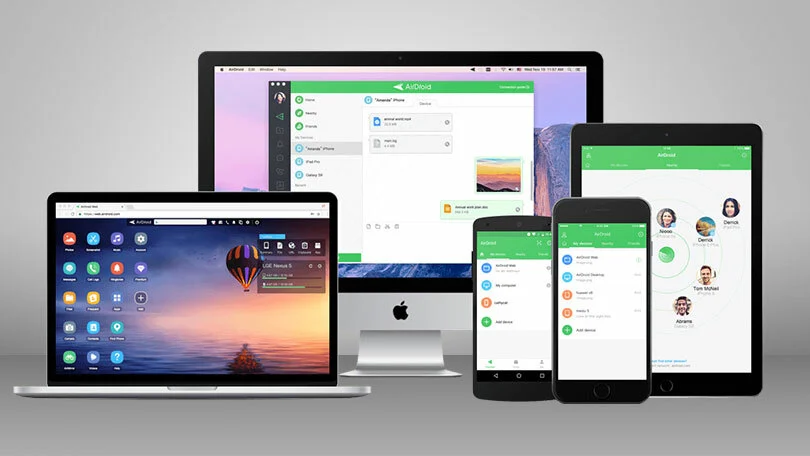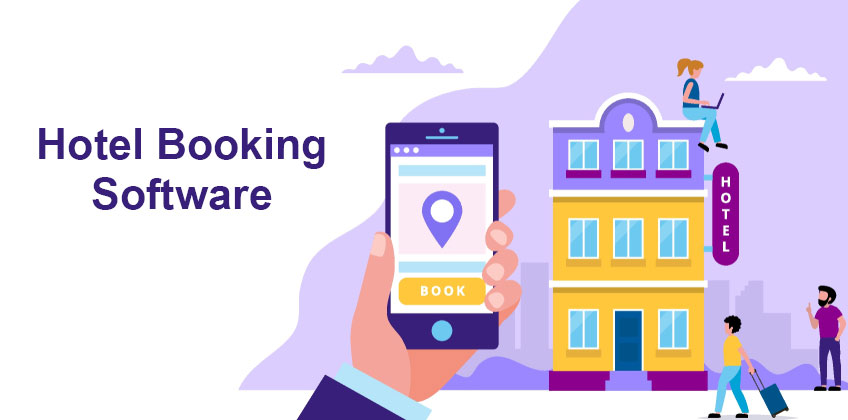Every part of your business could be impacted by a system you design for your team. Therefore, enterprise applications are always highly sought-after, especially in particular industries. They allow you to manage activities, supply chain, marketing, sales, development, research, planning, and many more. Considering all of this, you can make a guess how important it is to opt for the right software.
At the moment, there are a plethora of options available when it comes to software for business purposes. It is very important to make the right choice, and you can do so only if you take all the necessary steps to make sure it fits your specific needs. This is where the selection criteria and process come in handy.
Ease of Use and Functionality
First, you need to ask yourself what degree of user-friendliness and functionality you need. Think about whether the product you’re taking into consideration is the right fit on a fundamental level for your business. This step involves an in-depth evaluation of your products and business, so it can be mundane and lengthy. However, you need to get to work and do it as best as you can.
Besides reading software reviews, comparing systems, and gathering requirements, you need to do a few more steps too. At first, you need to consider all the challenges you currently face and how they could be reduced or solved by implementing a specific system. Evaluate what functionalities would accomplish this for you.
In addition, aim to automate all the routine business processes at your organization. There are many tools that offer you a particular solution for this problem. Make sure to examine end-users and how they’re going to react to a system you want to implement. Consider the system that you’re currently using and whether it can be of any help.
Vendor Viability
Before you invest any money in a solution, it is always good to ask yourself whether the vendor has a good reputation in long-term relationships. Even if the product you want to buy has all the right functionalities you need, you should drop that option if the company is not secure and trustworthy. Additionally, try to determine whether this product can be a lasting transaction by reviewing its scalability.
Don’t be afraid to ask questions about the future directions of your vendor. Still, don’t forget to investigate how the vendor changed in recent years and whether they restructured multiple times or not. Additionally, seek references from their customers and check how long the product has been on the market.
Evaluate the scalability of the product. You want to avoid expanding on functionality in the future just because the software doesn’t allow you to add new users. Can you expand into new markets with it? Also, the right software needs to enhance and support your business strategy.
Technology
Standardized software should at least contain capabilities regarding customization, reporting, and business intelligence. Without these, the technology just isn’t the right fit for what you’re looking for. Some technologies offer solutions, others don’t, so be precautious.
Take into consideration software’s ability to be customized to your needs and business processes internally. If this is something software you want to use can achieve, you’re on a good way to something valuable. There is plenty of software that is designed in a particular way that can’t be changed, and you might want to reconsider these.
Additionally, the solution needs to meet the technical needs and capabilities of your organization. Ideally, you would use the software to create real-time, visual reports on sales that you can use in meetings and presentations.
Cost
Obviously, the cost could be a determining factor for many business owners. However, this is not just as simple as it seems at first. The true cost of software is not just licensing fees and annual subscriptions. You need to take into consideration additional modules you require, maintenance, implementation, support, training, and many other things.
Evaluate whether the cost of software is appropriate considering what technologies and functionalities it offers. If you think that a solution is too expensive compared to other solutions you came across, you might be right. There is plenty of fish in the sea and you shouldn’t have too many problems with finding another product.
Calculate the true cost of the option you have. Incorporate all applicable costs and calculate whether the long-term total cost of ownership is something you can actually afford, but also if the solution can be of use in the long run. Once you’re done, you need to estimate if the total ownership cost is going to be lower than the actual projected return on investment.
Support and Training
Probably two of the most important pieces of the pie. You need your software to be functional, up and running at all times. Additionally, you need your users as well as your employees to be familiar with the software. This is why a comprehensive training plan is a must, for both groups of people. Documentation, training videos, user community, knowledgebase, and in-person training are something you don’t want to save on.
Check with the vendor what type of training and support can they offer. Also, ask yourself what type of training and support you need? Draw up a clear agreement once you determine that you’re on the right side, but make sure to consider a couple of important factors beforehand.
First, think about the end-user. What would be the most effective and convenient way for the end-users when it comes to training? Will virtual do better than in-person? Can you afford an internal IT team that will be available 24/7 to assist the users with technical issues? There are many questions rising once you start thinking about it.
Last, but not least, think about the pricing. Does the vendor include training and support in the licensing fees? If not, you will have an additional expense in these fields, in which case, it might be better just to opt for another vendor that will save you some money.




